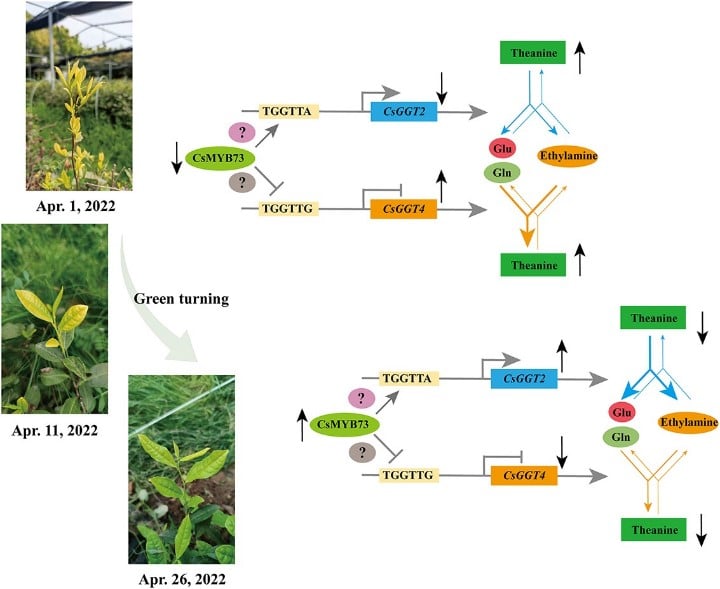Accurate time synchronization is the backbone of many critical technologies, from navigation and communication to cutting-edge research in physics. However, conventional methods like pseudocode-based synchronization, typically limited to sub-nanosecond accuracy, have long struggled with persistent challenges, including atmospheric interference, hardware noise, and the complexities of relativistic effects. These issues have hindered the precision and reliability of time synchronization in dynamic environments, particularly in satellite-to-ground communications. The need for more reliable and accurate methods has become increasingly urgent.
In a recent study (DOI: 10.1186/s43020-024-00155-4) published on January 20, 2025, in Satellite Navigation, researchers from the National Time Service Center of the Chinese Academy of Sciences unveiled a novel carrier-phase-based approach for satellite-ground time synchronization, demonstrated through the China Space Station (CSS)-ground system. This groundbreaking method achieves picosecond-level accuracy, marking a transformative leap in the field of satellite-ground time synchronization.
The innovative carrier-phase-based technique introduced in the study utilizes both pseudocode and carrier phase observations to achieve unmatched precision. Laboratory experiments confirmed the system’s remarkable stability, with accuracy reaching picosecond levels. Further satellite-to-ground tests validated its effectiveness, demonstrating that this new method delivers time synchronization accuracy well beyond the capabilities of traditional methods. Allan Deviation analysis revealed a drastic improvement in stability, with results showing an enhancement by nearly an order of magnitude compared to existing pseudocode-based techniques.
What sets this method apart is its ability to correct for a wide range of errors. Motion delays, relativistic effects, and atmospheric disturbances are effectively compensated for, thanks to a triple-frequency mode designed to account for ionospheric and tropospheric delays. By integrating precise orbit determination and real-time atmospheric data, the researchers have enhanced the method’s accuracy. Additionally, the approach minimizes hardware biases and short-term fluctuations, ensuring robust performance even in the most dynamic environments. This carrier-phase-based solution offers not only unprecedented precision but also exceptional stability, making it a transformative breakthrough for high-precision time synchronization.
Dr. Shuaihe Gao, the lead researcher of the project, emphasized, “Our carrier-phase-based method is a game-changer in satellite-ground time synchronization. Achieving picosecond-level accuracy sets a new benchmark for high-precision synchronization, which is essential for the future of space exploration and fundamental physics research.”
The implications of this breakthrough extend far beyond the laboratory. In global navigation satellite systems (GNSS), it promises to significantly enhance positioning accuracy, benefiting sectors like transportation and logistics. For deep space exploration, precise time synchronization is crucial for spacecraft navigation and communication. In the realm of fundamental physics, the technique supports experiments that demand ultra-high precision, such as tests of relativity and quantum mechanics. Moreover, the technology holds the potential to refine global clock networks, facilitating more accurate scientific measurements and the dissemination of precise time. This breakthrough is set to revolutionize time synchronization across a range of applications, propelling advances in both Earth science and space exploration.
###
References
DOI
Original Source URL
https://doi.org/10.1186/s43020-024-00155-4
Funding information
This research was funded by National Key Research and Development Program (NO.2023YFB3906500), Space Application System of China Manned Space Program, and the National Nature Science Foundation of China (Grant NO.42030105 and NO.12273045).
About Satellite Navigation
Satellite Navigation (E-ISSN: 2662-1363; ISSN: 2662-9291) is the official journal of Aerospace Information Research Institute, Chinese Academy of Sciences. The journal aims to report innovative ideas, new results or progress on the theoretical techniques and applications of satellite navigation. The journal welcomes original articles, reviews and commentaries.


